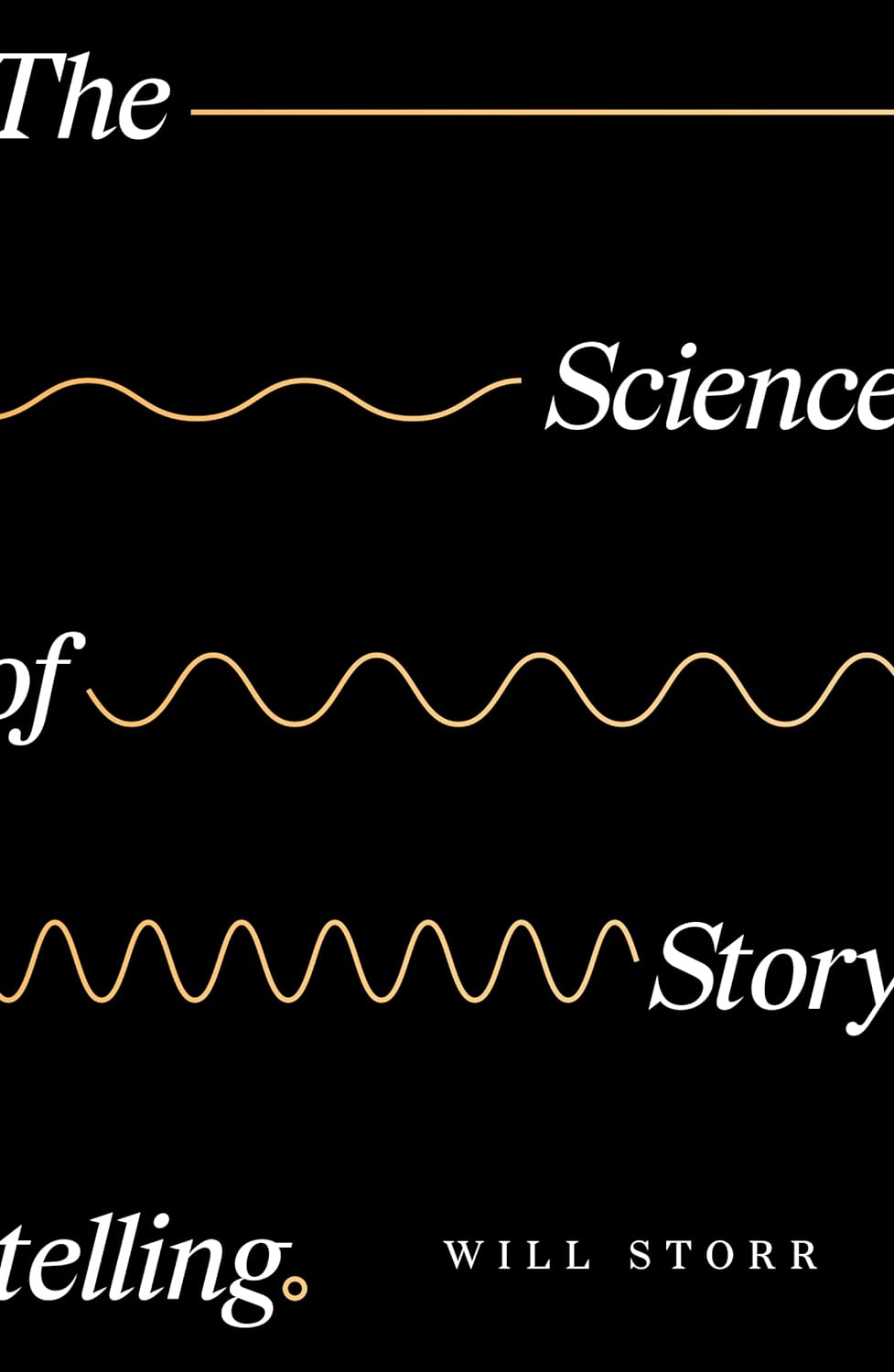
The Science Of Storytelling
Storytellers create moments of change. Every now and then, that change matters. It forces characters to act. A story begins with an unexpected change, the opening of an information gap, or both.
Don’t write in a passive voice. For example:
“Jane kissed her dad” is in the active voice. But, “Dad was kissed by Jane” is in the passive voice. The subject (Dad) receives the action (kissed) rather than performing it. As an audience, we would not be staring at Dad waiting for something to happen.
The role of a writer is to feed the reader’s curiosity bit by bit.
Show not tell. Instead of telling us a thing was terrible describe it so that we’ll be terrified. We need to see cause and effect.
Playwright David Mamet offers this advice “Start every time with this inviolable rule: the scene must be dramatic. It must start because the hero has a problem and it must culminate with the hero finding him or herself either thwarted or educated that another way exists.”
Good stories are explorations of the human condition. We are interested not in a character’s achievements but in their flaws. Making events less important than the battles that characters have with them.
We are endlessly curious about the cause and effect of other people. What are they thinking? What are they plotting? What matters, and why does it matter?
The protagonist is flawed in some detailed way. The mistakes they are making about the world will help us empathise with them. The story will give us hints and clues about the causes of those errors as we warm to their vulnerability, becoming emotionally entangled in their story.
We refuse the call to fix our flaws. The fight to change is difficult, that’s why we call characters heroes. When the dramatic events of the story coax them to change, we will be rooting for them.
We accept the reality of the world we are presented with. Naive realism: we see reality as it actually is, everyone else is biased.
Our beliefs, these micro-narratives of cause and effect, can be seen as the brain’s theory of control. It’s this theory of control that’s often challenged at the story’s start. We learn the character’s core beliefs about the world and how they control their world. How these character flaws hold them back or harm them, that’s the story.
There are various routes by which characters become unique and uniquely flawed, and a basic understanding of those flaws can be of great value to storytellers.
How a character has learned to control the world is key to storytelling. In the book Remains of the Day “emotional restraint” is the character’s core belief because it will get him the prize he desires: to be a prestigious butler. The death of his father provides a test of his emotional restraint, and the character aces the task.
We can be destroyed by the ideas that built our world. When the world turns upside down, how does the character use their flaw to control the world?
The only way you can truly describe a character is by their imperfections.
The “Big Five” can help build characters:
Extraversion
Agreeableness
Openness
Conscientiousness
And Neuroticism.
Don’t think of the “Big Five” as switches but dials.
For example: Charles Foster, Citizen Kane
Low in agreeableness. Low in neuroticism. High in extraversion. Monstrously ambitious, lacking self-doubt, and craving the approval of others.
Screenwriter, Russell T Davies offers this insight: Good dialogue is “two monologues clashing. It’s true in life, never mind drama. Everyone is always always thinking of themselves.”
Recognising the stress response to conflict is important. Stimuli – Response. Conflict doesn’t need to be crossing paths with a bear, a different viewpoint will do.
Conflicts shape the protagonist; it’s how they learn and change. Obstacles and breakthroughs involve shapeshifters and secondary characters. Much of the conflict we see in life and stories involve behaviours that defend our worldview.
Characters that see the world differently in ways that are specific and necessary to the story. Forcing the protagonist to see the world as they do. Antagonists lead our protagonist astray with darker more extreme versions of their flaw. The role of the antagonist is to pull the protagonist towards that flaw.
Allies/mentors embody the new ways of being that our hero must adopt.
As the protagonist’s theory of control is tested, they may overreact or do something otherwise odd. This is our subconscious signal that a spark between character and plot has taken place. The story has begun.
The protagonist’s theory of control is increasingly tested and found wanting, causing them to lose control over the events of the story. Are they going to fix their flaws? We want to know how this specific person, with this specific history and these strengths and these flaws, will get out of this.
The protagonist is not only at war with the outside world but also at war with themselves. The plot challenges the protagonist and compels them to make a choice. “Who am I?”
What’s really behind the action? We create a hypothesis and revisit it in light of our experiences. Saying one thing, doing another.
Two worlds: the surface world and the subconscious world of the characters. We can’t quite tell what they are going to do next.
We seek to dominate. We want to get along and get ahead.
The plot conspires against the protagonist. Plot lines build pressure. A plot challenges the theory of control. Breaking it and rebuilding it. Crisis – struggle – Resolution.
Think “Resistance” in Steven Pressfield’s “Turning Pro” the writer comes up against resistance in shipping her work. The question then becomes. How do you overcome Resistance and Turn Pro?
Novelist and teacher of creative writing John Gardener “Most supposed aesthetic absolutes provide relative under pressure.”
What we ask of theatre is the spectacle of a will striving towards a goal.